Modeling and simulation of pharmaco-mechanical fluid-structure interaction for an enhanced treatment of cardiovascular diseases
PIs: Prof. Daniel Balzani, Prof. Axel Klawonn, Prof. Oliver Rheinbach
Aim:
In this project, we aim at the mechanical modeling and robust numerical simulation of the coupling of fluid-structure interaction with pharmacological effects. The resulting virtual laboratory enables the computer-aided analysis of different drug-based treatments of cardiovascular diseases and supports the preparation of clinical applications.
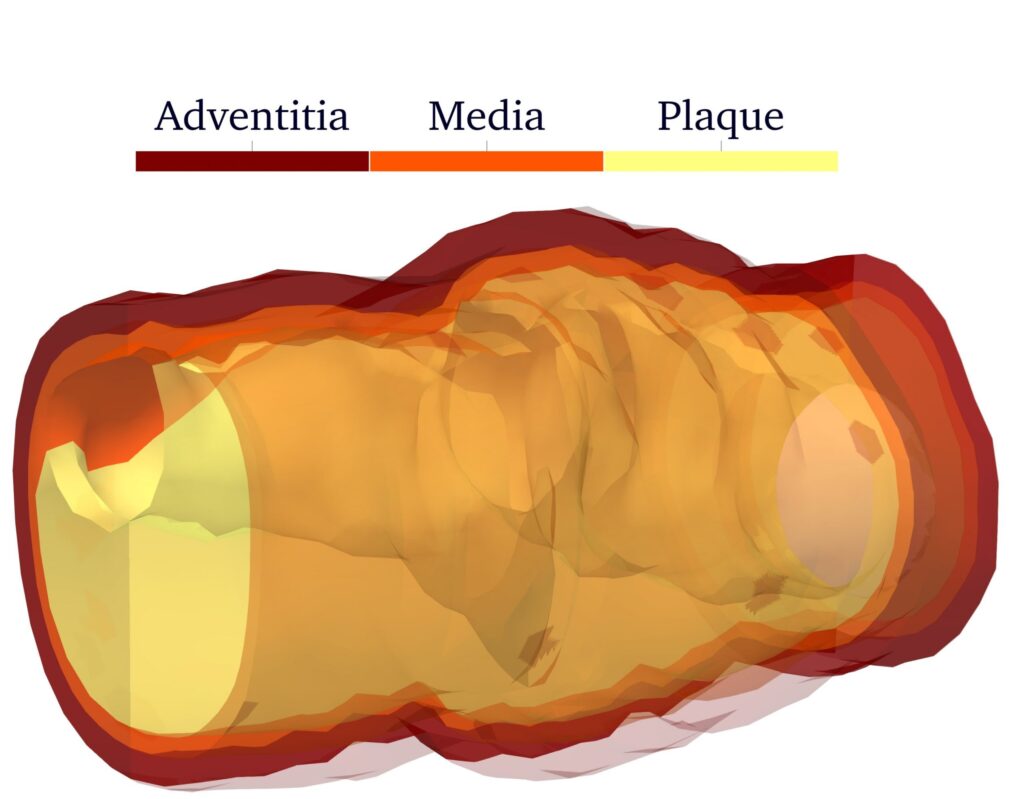
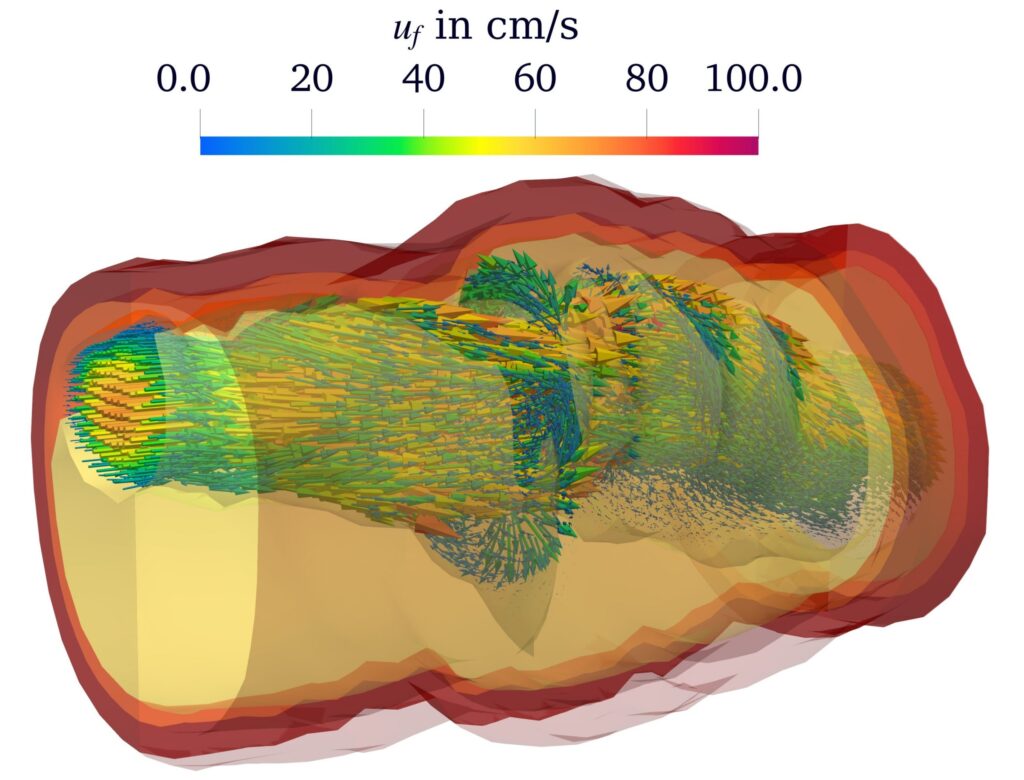
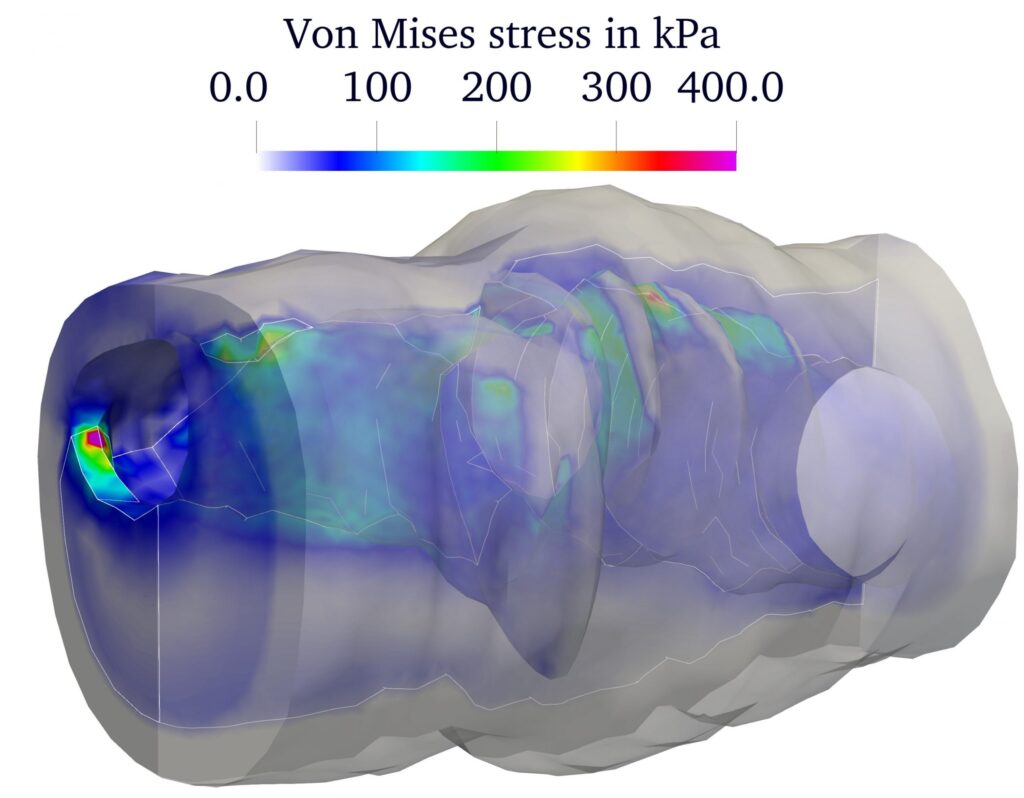
Simulation results of a patient-specific artery with media, adventitia and atherosclerotic plaque based on the material models and numerical methods from [1].
Raw data for the generation of the arterial geometry were provided by R. Erbel and D. Böse (Essen University Hospital) using IVUS and Virtual Histology.
Description:
In this project, we aim at the mechanical modeling and robust numerical simulation of the coupling of fluid-structure interaction with pharmacological effects. The resulting virtual laboratory enables the computer-aided analysis of different drug-based treatments of cardiovascular diseases and supports the preparation of clinical applications.
One example where this can be applied is in atherosclerotic arteries, where a plaque rupture can lead to a heart attack or stroke. The main objective is to develop a robust numerical framework with appropriate models for the computational simulation of the effects of drugs on the complex biochemo-mechanical processes in the arterial walls using high performance computing. The overall objectives are summarized as follows:
I. To construct suitable models for the complex pharmaco-mechanical processes associated with drug-induced modifications of smooth muscle activation and remodeling of tissue composition.
II. To develop robust numerical coupling schemes and solver strategies to provide a framework for the predictive simulation of resulting fluid-structure-chemistry interaction problems.
III. To analyze the developed methods by investigating suitable benchmark problems, comparing simulation results with measurement data obtained from our clinical collaboration partners.
Together, the PIs provide expertises which overlap at the interface of mechanical modeling and numerical methods required by the challenges of this project. In the spirit of the Priority Programme SPP 2311, by also including the expertise of clinical collaboration partners, this project bridges the disciplines of mechanics, mathematics, and medicine. The resulting computational and modeling strategies of this project will be directly applicable to various other medical problems related to a pharmaco-mechanical interaction.
Involved Institutions:
Ruhr University Bochum
University of Cologne
TU Bergakademie Freiberg
Links:
Applicants:
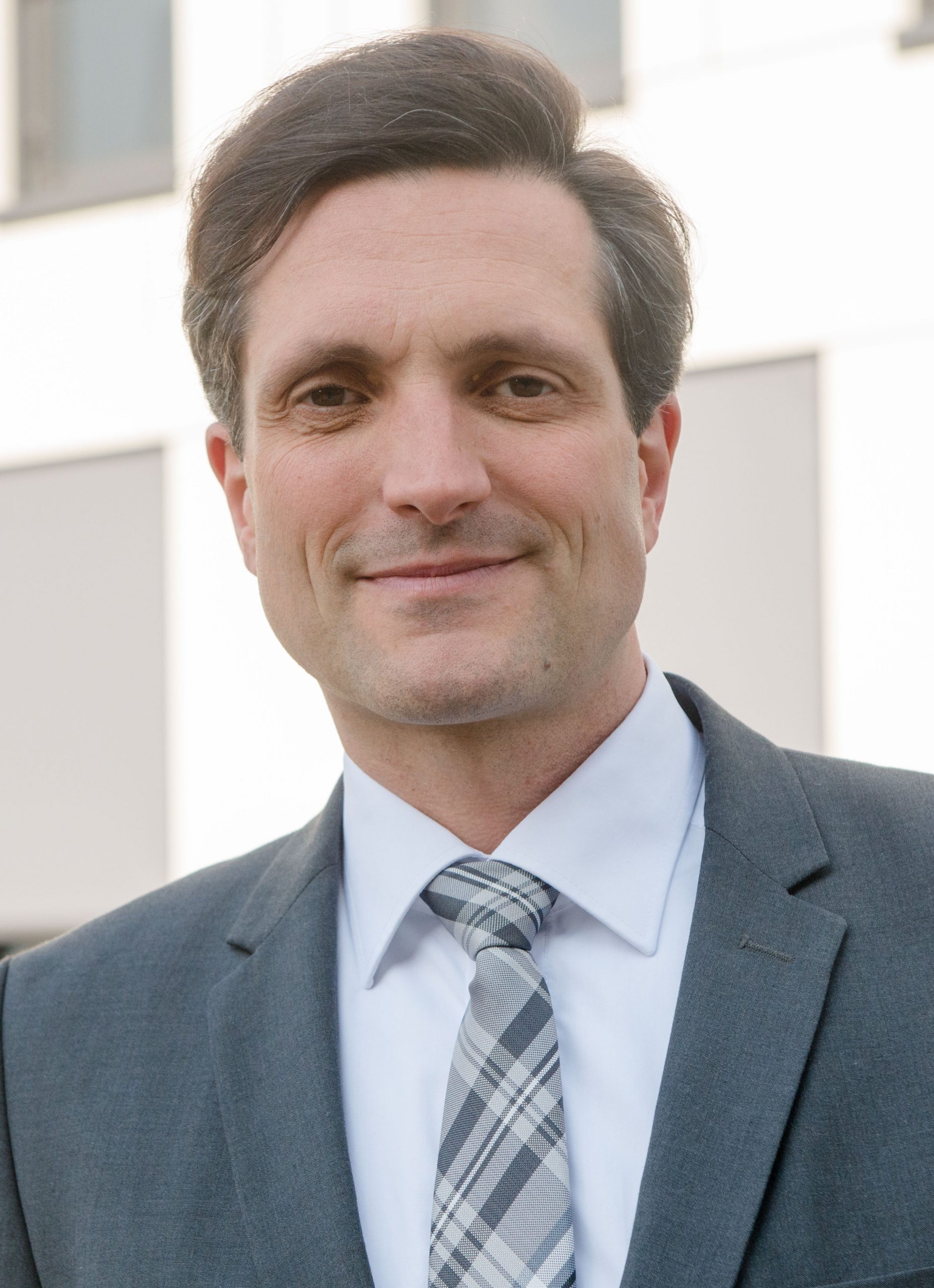
Prof. Dr. Daniel Balzani

Prof. Dr. Axel Klawonn
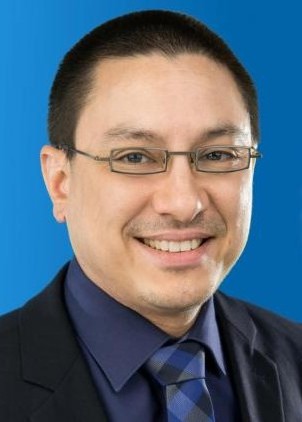
Prof. Dr. Oliver Rheinbach

Sharan Nurani Ramesh
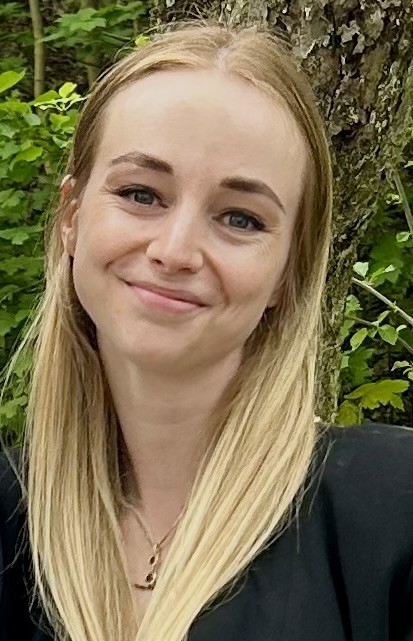
Lea Saßmannshausen
Publications
